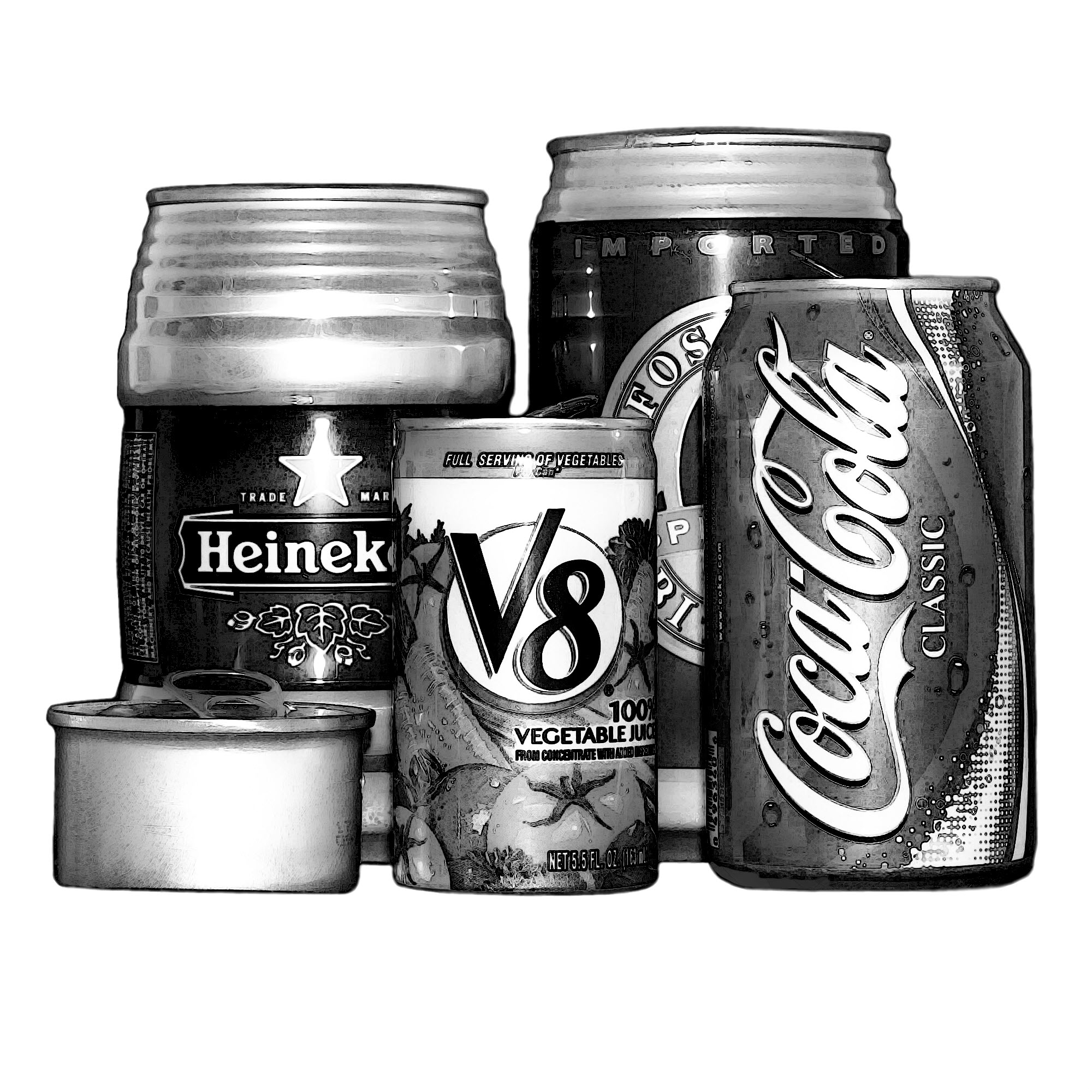What They’re Made Of
There is nothing in machinery, there is nothing in embankments and railways and iron bridges and engineering devices to oblige them to be ugly. Ugliness is the measure of imperfection. — H.G. (Herbert George) Wells
Very few if any backpacking stoves are made from delicately folded slips of paper. Or cardboard. Or tiny panes of cellophane set into gilded, hand-carved balsa wood frames. Let’s face the hard, cold, cold hard truth here. The name of the game is “metal”. Durable, tough, formable, non-flammable metal. That’s about it. Metal. You may be able to buy a nice tile stove to heat your house but you’re not going to carry a thousand pound stove on your back for a weekend hiking trip. But if you plan to, then please give me a heads-up so I can come and watch.
Among metals you’ll really see only three used in any quantity: steel, brass and titanium, with a sort of subcult of aluminum over in the corner muttering among themselves.

Aluminum doesn’t do well in contact with hot flames, generally speaking. The right kind of steel alloy is strong, and heat and corrosion resistant. So is titanium, but titanium is lighter and a lot more expensive than steel, and gives you more bragging rights. Brass has been used for over a century in kerosene and white gas stoves but is becoming less visible as backpackers switch to newer stove designs.
Instead of the traditional stove design having a fuel container at the base and a burner sitting over it, most modern liquid fuel stoves have done away with the tank entirely, and feed directly from a fuel bottle lying beside the stove. This allows the stove to be smaller and lighter, and allows the user to choose an appropriately-sized fuel container for a given trip. It also does away with the need to fill the stove’s tank before each use, and allows the fuel bottle to lie down on the job.
Brass was good in stoves for several reasons. It was a known technology. People had been banging away on brass for centuries. Brass is relatively corrosion-resistant, and elastic. It is tough and tends to flex with stress rather than to crack and come apart. That’s why it is still used in firearm cartridges. Firing a weapon expands the cartridge to the exact size and shape of the firing chamber. After the powder burns and the bullet is out chasing around on its own, the cartridge, left alone at home, rebounds and shrinks back to its former size and shape, and doesn’t stick inside the chamber. Brass is a clever metal. Lonely but clever is brass, and resilient.
Operating conditions aren’t quite as severe for a stove as for firearms, at least the stoves you and I ought to be interested in, but stoves are hot and run under pressure, there are nasty corrosive gases present, and a stove has to handle many cycles of heating and cooling, so it is still a tough life.
Modern liquid-fuel stoves move the tank away from the heat of the burner, so fuel bottles can serve as reservoirs, at safe distances, and the standard aluminum bottles are adequate for this. The actual burners of these stoves can be made of more modern alloys to suit modern conditions and fuel formulations.
Titanium in particular is a tough metal to work, but is light compared to steel, and highly corrosion resistant. Its frequent use by the military over the past half century or so has led to the development of manufacturing techniques that have made titanium practical as a material for consumer products, though it’s still the expensive choice.
Exercises
- Stand in front of a mirror and make faces at yourself until you disappear. At this point you have become anonymous, and can get a great job inventing quotes. You’ll be in demand, and rich beyond belief, but no one will recognize you at parties.
- Since this chapter is so short, there is no exercise 2. Deal with it.